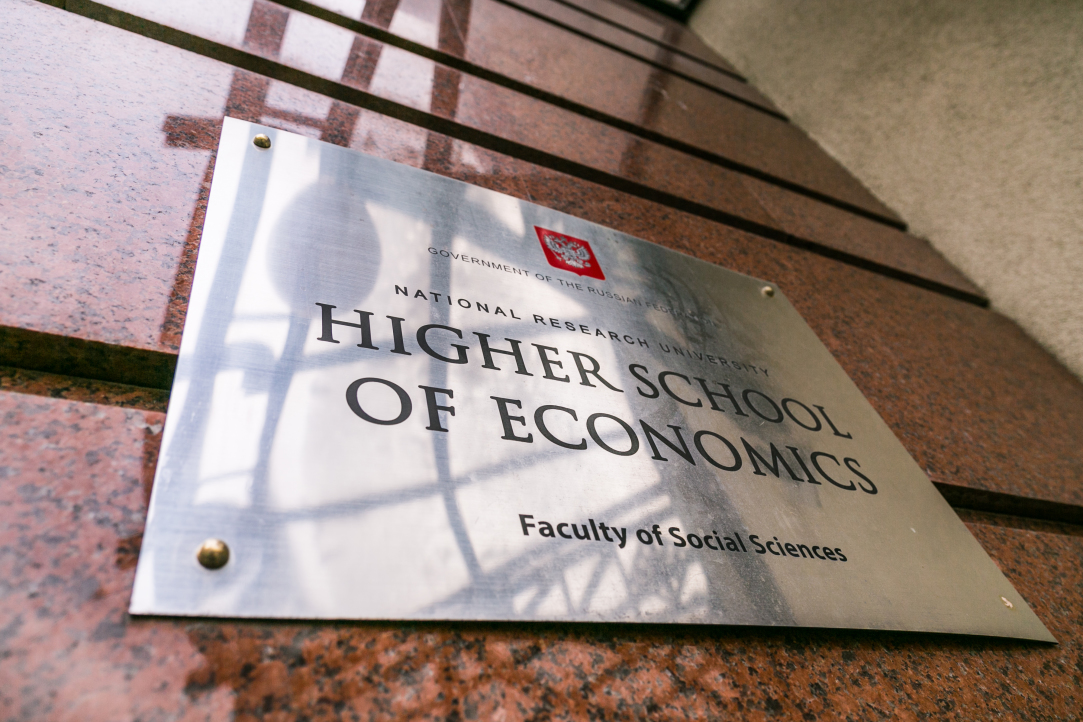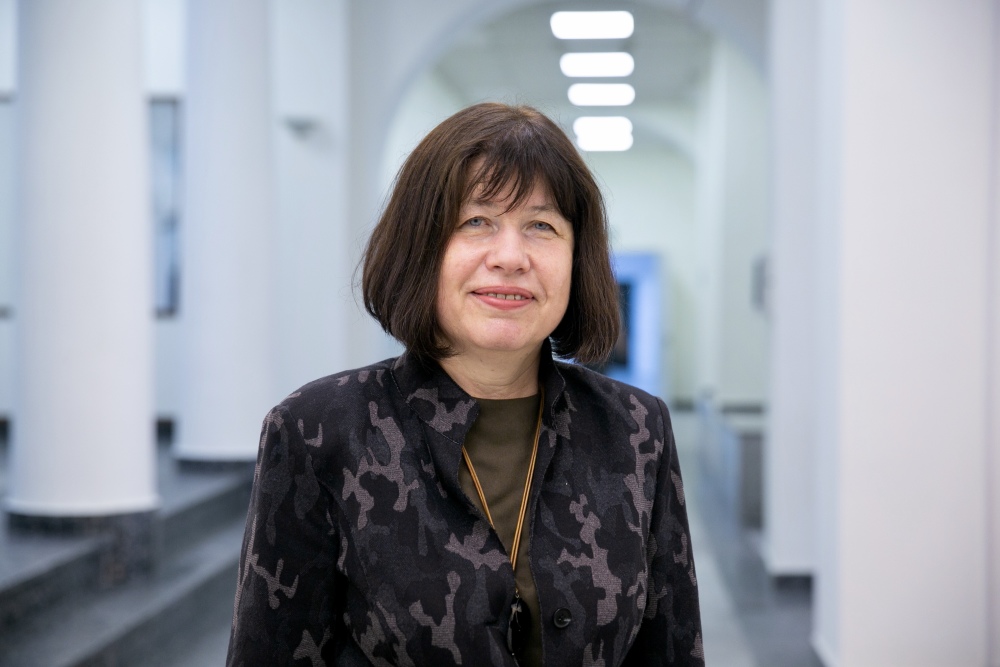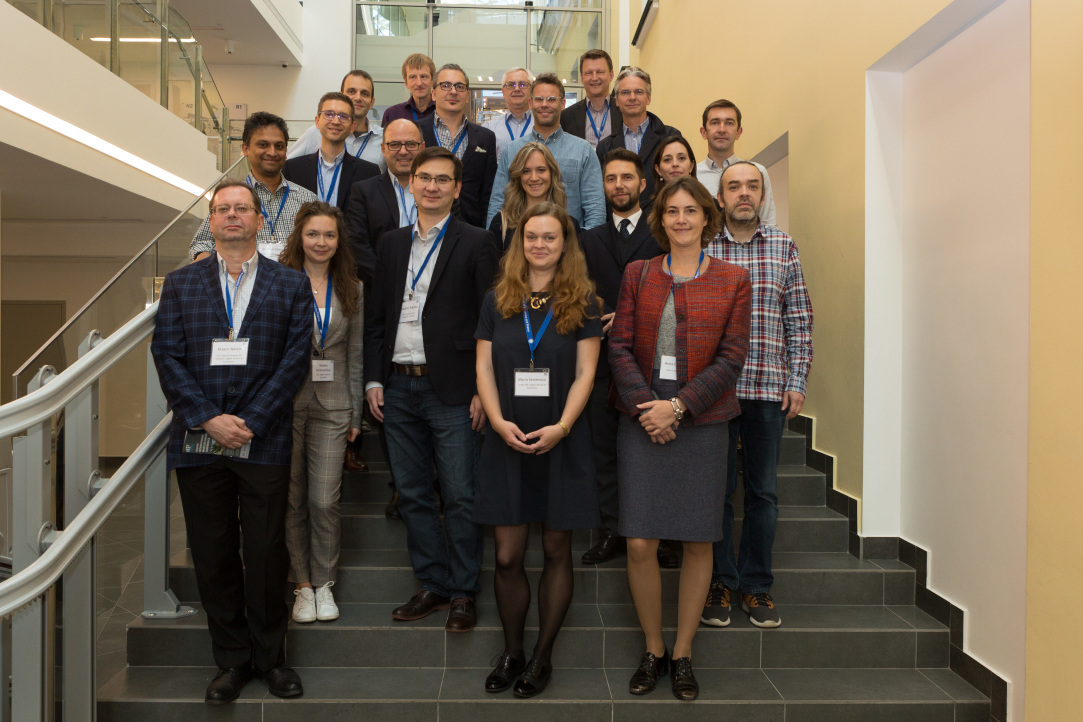
Two HSE Projects Win ‘Mega-Grant’ Competition
A ‘Mega-Grant’ Competition for ground-breaking research projects funded by the Russian Ministry of Science and Higher Education was held for the seventh time, and this year’s competition winners included two projects that will be based at HSE University campuses. One research group will study dynamic systems at HSE – Nizhny Novgorod, and a new social neurobiology laboratory will begin work at HSE University in Moscow.

Eight HSE Faculty Members Elected Full and Corresponding Members to the Russian Academy of Sciences
After holding elections at a general meeting on November 14-15, the Russian Academy of Sciences (RAS) has announced its new full and corresponding members. Among those announced, eight new appointees are HSE faculty members.

Advice from Above: Sociologists Have Assessed the Impact that Priests Have on How Their Parishioners Vote
Political preferences of at least 21% of Orthodox voters in Russia may be influenced by the clergy and their fellow believers. Based on an online survey of 2,735 respondents, HSE University sociologists Kirill Sorvin and Maksim Bogachev concluded that religion has a considerable impact on people’s political choices. The scholars assume that the share of those who vote ‘in an Orthodox way’ may be higher: many respondents were under 34, and young people are a minority among Orthodox believers in Russia.

Interdisciplinary Research: New Prospects for Philosophy
What connects philosophers, linguists, and logicians? How do you develop partnerships with dozens of foreign research centres in just six months? Can science exist in isolation from the outside world? Elena Dragalina-Chernaya, Head of the International Laboratory for Logic, Linguistics, and Formal Philosophy, discusses these and other issues.

Russia’s Tech Hubs: What are Russia’s ‘Technocities’ Producing?
Over half of inventions patented in Russia over the last decade have been created only in 11 cities. A study by HSE ISSEK experts calls these tech hubs ‘technograds’. Here is what they are and what they do.

An Everyday Evil: The Spread of Adolescent Cyberbullying
Cyberbullying is a fact of life for many teens today. Psychologists have found that with age, people become inured to acts of aggression. However, cyber harassment is one of the most dangerous forms of bullying. Cyberbullying victims have nowhere to hide, while their parents often have no idea that something bad is happening to their kids, since the bullying occurs in adolescent online communities. Researchers studied cyberbullying among teenagers.

'We Are Well in Line with the Data Science Trend in Finance'
On October 25-26, the International College of Economics and Finance (ICEF) and the Laboratory of Financial Economics (LFE) hosted the Eighth International Moscow Finance Conference at HSE University. This year’s programme included researchers from the University of California, Los Angeles; University of California, Berkeley; University of Warwick; University of Lausanne; and the London School of Economics. Their presentations dealt with a wide range of timely topics, including the forecasting potential of data science models.

The Museum on Your Fridge: Take the Gift Shop Quiz and Find out How Souvenirs Shape St. Petersburg’s Image
Whether it’s a magnet, a bookmark, or a postcard with a picture of a beloved artist – any kind of souvenir influences a museum’s image in the eyes of visitors and is considered to be an important marketing tool. Souvenirs, which tourists bring home as keepsakes of their travels, play an even bigger role in shaping the brand of a city as whole.

Coca-Cola’s Contribution to the Russian Economy Assessed at HSE University
Coca-Cola has invested over $6 billion in the Russian economy according to data published in a new study by the HSE Laboratory for Studies in Economic Sociology (LSES).

Fear of Violence: Why It Haunts Women in Big Cities
The greatest fear of young women living in big cities is that of sexual violence. It is not necessarily based on the actual crime rate in the city but often instilled by family and society. As a result, women tend to carefully pre-plan their behaviour and movements in 'suspicious' places based on safety concerns. HSE researchers interviewed a group of young women about certain aspects of their fears and strategies they use to deal with it.

